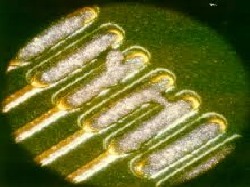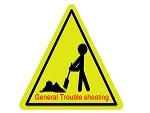Core Technology
ASC International's 3D SPI sensors utilize laser-based or structured white light technology. ASC International's AOI sensors utilize high resolution image matching and algorithm technology.AOI TECHNOLOGY
AOI Systems provided by ASC International employ a number of unique and innovative lighting technologies and algorithm-based tools to eliminate escapes and reduce false call rates.Image Matching
The high resolution color camera captures the image of the components and then through a series of algorithms determines if the components are acceptable based upon features such as image size, position, brightness and pasting angle.
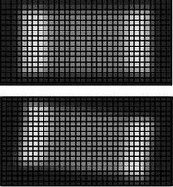
Statisitical Image Modeling
Images are compared to a large library of master images collected during the “learn mode” in order to provide as many possible variations as associated with the component manufacturing process.
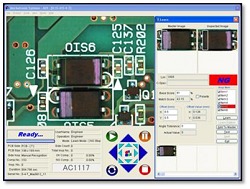
Optical LED Analytics
Using a high resolution color camera along with LED lighting and RGB principles, images are analyzed based upon reflection, refraction and angular refelection characteristics.
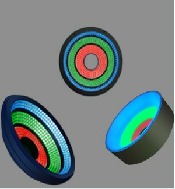
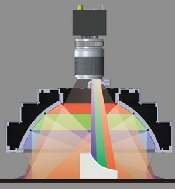
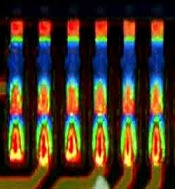
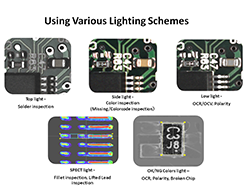
Using Various Lighting Schemes
ASC AOI systems obtain over 20 difference lighting schemes in a single scan using ASC’s original LED Control Alternative Scanning Technology. During a scan, the light from approximately 3000 LEDS is modulated several thousand times a second, while three projection angles – Top, Side and Low – are captured at the same time. Users then choose the best lighting for the desired inspection task.
Why Inspect Components?
Learn why you should Inspect your Components
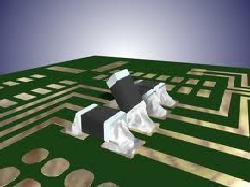
SPI TECHNOLOGY
The core technologies for ASC International's Solder Paste Inspection systems are laser-based or structured white light moiré interferometry.Laser-Based Technology
How does laser-based technology work? Utilizing the core principles of laser triangulation, a laser stripe is projected at a specific angle to the imaging camera. As the laser moves across the surface, a string of data is automatically collected from the centroid of the laser stripe generating a differential height reading from the base surface to the overall surface of the solder paste deposit. Single laser stripe SPI systems provide accurate and reliable height characteristics along with 2D cross sectional profiles whereas laser scanning sensor SPI systems can provide accurate and reliable height, area and volume charateristics with more complete 3D profiles for advanced qualitative analysis.
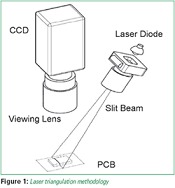
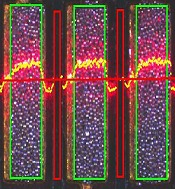
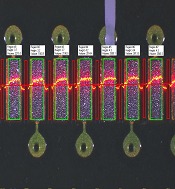
Structured White Light Moiré Interferometry
How does structured white light Moiré interferometry technology work? A known light pattern is projected onto a surface with the image being transferred to a high resolution camera. On a flat surface, the projected pattern image appears to be undistorted to the camera. On a contoured surface such as a freshly printed circuit board, the pattern will follow the height variations from the surface to the solder deposits and this images will appear distorted to the camera. The distorted image is compared with the undistorted image and the difference is directly related to the height of the contoured object at every pixel. Pixel by pixel data replication as provided by this technology offers the most accurate and reliable method for obtaining true 3D, volumetric measurements critical to your overall screen print process strategy.
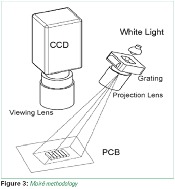
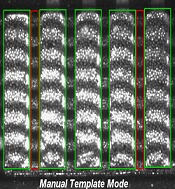
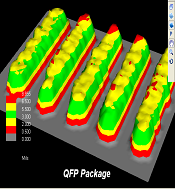
Why Inspect Solder Paste?
Learn why you should Inspect your Solder Paste
